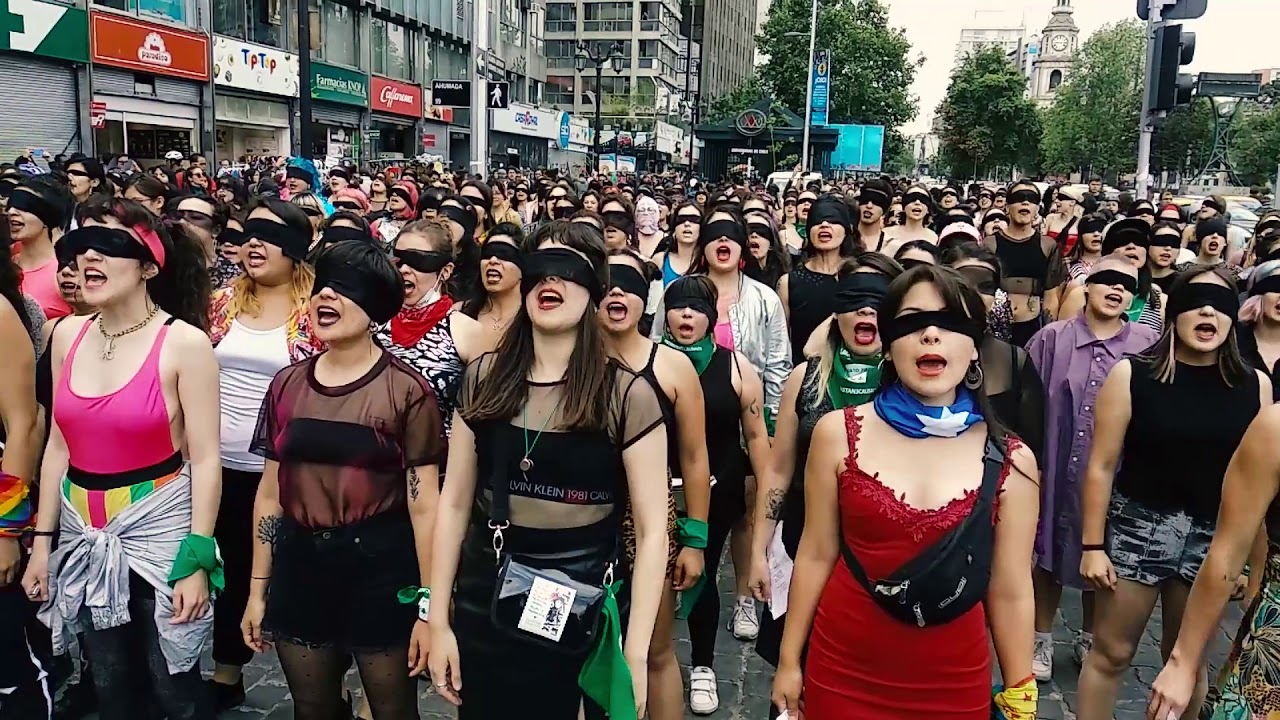
This Module aims to examine how international human rights law does and does not adequately protect and promote the human rights of women and girls. In order to do this we will first examine the gendered nature of the law in general and how gender bias inherent in all legal systems transfers into laws that reinforce said bias and how this affects the experience of women and men. We will examine how feminisms have sought to illuminate gender bias in the law and to what degree they have been successful.
We will then turn our attention to international law and examine how a feminist critique explains how patriarchal structures present domestically manage to replicate themselves internationally. We will finally move on to examine how and why international human rights law also suffers from a bias against women and evaluate the efforts made to correct this bias.
Throughout the Module our analysis will be intersectional, meaning that we will take into account the multiple and compounded discrimination that women face because of their many different identities, including race, religion, sexual orientation, age, etc.
Following the initial analysis of gender and the law, we will turn our attention to three areas where the protection of women’s rights is of paramount importance: discrimination, violence and sexual and reproductive rights. We will apply the theory studied in the first part of this Module to critically evaluate the state of legal protection of women’s rights. We will also study case law that illuminates how, in each area of concern, the law and those applying it do or do not address gender bias and what is the result for women’s rights.
Finally, the Module will briefly examine how gender theory and its methodologies can be useful to those seeking to better the protection of LGBTQ rights.
- Module Supervisor: Patricia Palacios Zuloaga